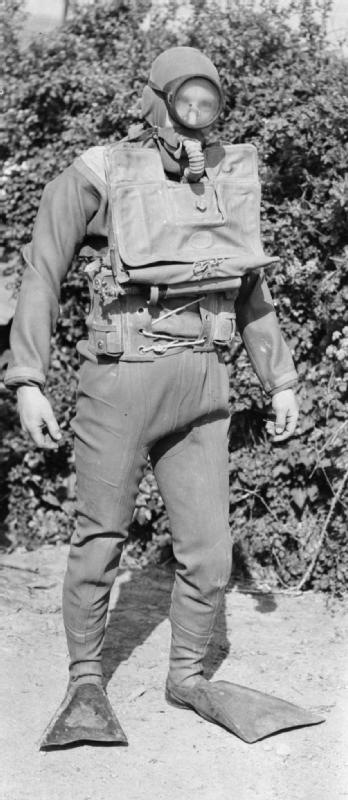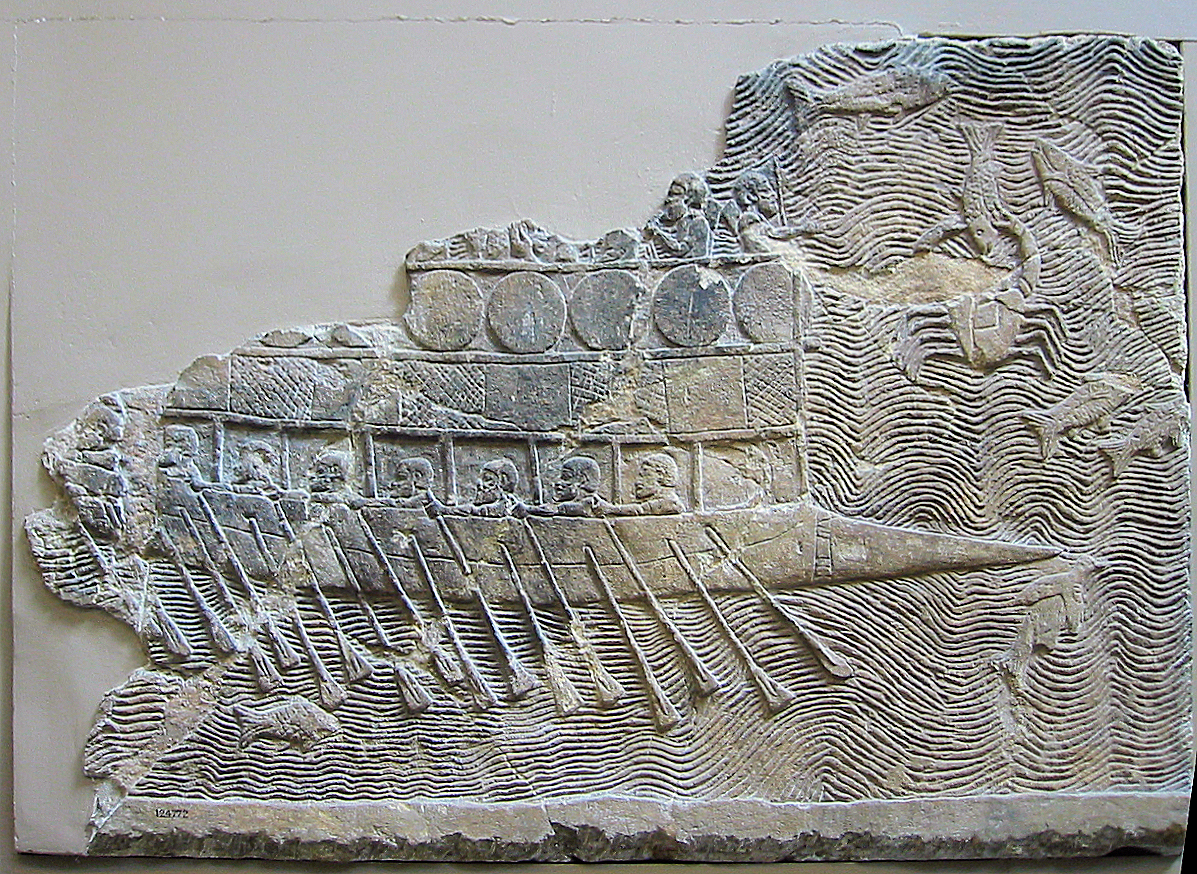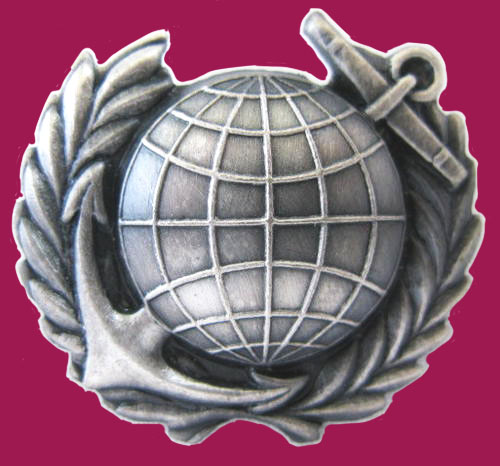|
Maritime Reaction Squadron
The Maritime Reaction Squadron (MRS) is a specialised marine-like unit of the South African Navy that provides a combat ready amphibious, diving and small boat capability to the Navy. Formed as the Naval Rapid Deployment Force (NRDF) in 2005, the MRS deploys infantry-trained South African Navy personnel in various peacekeeping roles within the African continent and to assist in boarding operations at sea, humanitarian operations and disaster relief. History The end of the South African Border War saw the disbandment of the South Africa Marine Corps South Africa currently does not have a Marines, marine corps, though in the past it did. It was originally set up as a sub-branch of the South African Navy during the apartheid era, with the primary purpose of protecting the country's harbours ( ..., leaving the South African Navy without an amphibious element. After the integration of the South African National Defence Force the Navy was increasingly called on to assist with peac ... [...More Info...] [...Related Items...] OR: [Wikipedia] [Google] [Baidu] |
Marine (military)
Marines, or naval infantry, are typically a military force trained to operate in littoral zones in support of naval operations. Historically, tasks undertaken by marines have included helping maintain discipline and order aboard the ship (reflecting the Impressment, pressed nature of the ship's company and the risk of mutiny), the Boarding (attack), boarding of vessels during combat or capture of Prize (law), prize ships, and providing manpower for Raid (military), raiding Amphibious warfare, ashore in support of the naval objectives. In most countries, the marines are an integral part of that state's navy. The exact term "marine" does not exist in many languages other than English. In French-speaking countries, two terms exist which could be translated as "marine", but do not translate exactly: and ; similar pseudo-translations exist elsewhere, e.g. in Portuguese (). The word ''marine'' means "navy" in many European languages such as Dutch, French, German, Italian and Norwegi ... [...More Info...] [...Related Items...] OR: [Wikipedia] [Google] [Baidu] |
Frogman
A frogman is someone who is trained in scuba diving or swimming underwater in a tactical capacity that includes military, and in some European countries, police work. Such personnel are also known by the more formal names of combat diver, combatant diver, or combat swimmer. The word ''frogman'' first arose in the stage name ''The Fearless Frogman'' of Paul Boyton in the 1870s and later was claimed by John Spence, an enlisted member of the U.S. Navy and member of the OSS Maritime Unit, to have been applied to him while he was training in a green waterproof suit. The term ''frogman'' is occasionally used to refer to a civilian scuba diver. Some sport diving clubs include the word ''Frogmen'' in their names. The preferred term by scuba users is ''diver'', but the ''frogman'' epithet persists in informal usage by non-divers, especially in the media and often referring to professional scuba divers, such as in a police diving role. In the U.S. military and intelligence commun ... [...More Info...] [...Related Items...] OR: [Wikipedia] [Google] [Baidu] |
Battalion
A battalion is a military unit, typically consisting of 300 to 1,200 soldiers commanded by a lieutenant colonel, and subdivided into a number of companies (usually each commanded by a major or a captain). In some countries, battalions are exclusively infantry, while in others battalions are unit-level organizations. The word battalion came into the English language in the 16th century from the French language ( French: ''bataillon'' meaning "battle squadron"; Italian: ''battaglione'' meaning the same thing; derived from the Vulgar Latin word ''battalia'' meaning "battle" and from the Latin word ''bauttere'' meaning "to beat" or "to strike"). The first use of the word in English was in the 1580s. Description A battalion comprises two or more primary mission companies which are often of a common type (e.g., infantry, tank, or maintenance), although there are exceptions such as combined arms battalions in the U.S. Army. In addition to the primary mission companies, a batt ... [...More Info...] [...Related Items...] OR: [Wikipedia] [Google] [Baidu] |
Marines
Marines, or naval infantry, are typically a military force trained to operate in littoral zones in support of naval operations. Historically, tasks undertaken by marines have included helping maintain discipline and order aboard the ship (reflecting the pressed nature of the ship's company and the risk of mutiny), the boarding of vessels during combat or capture of prize ships, and providing manpower for raiding ashore in support of the naval objectives. In most countries, the marines are an integral part of that state's navy. The exact term "marine" does not exist in many languages other than English. In French-speaking countries, two terms exist which could be translated as "marine", but do not translate exactly: and ; similar pseudo-translations exist elsewhere, e.g. in Portuguese (). The word ''marine'' means "navy" in many European languages such as Dutch, French, German, Italian and Norwegian. History In the earliest day of naval warfare, there was little dist ... [...More Info...] [...Related Items...] OR: [Wikipedia] [Google] [Baidu] |
South African Navy
The South African Navy (SA Navy) is the naval warfare branch of the South African National Defence Force. The Navy is primarily engaged in maintaining a conventional military deterrent, participating in counter-piracy operations, fishery protection, search and rescue, and upholding maritime law enforcement for the benefit of South Africa and its international partners. Today the South African Navy is one of the most capable naval forces in the African region, operating a mixed force of sophisticated warships, submarines, patrol craft, and auxiliary vessels, with over 7,000 personnel; including a marine force. With formerly deep historical and political connections to the United Kingdom, the first emergence of a naval organisation was the creation of the South African Division of the British Royal Naval Volunteer Reserve in 1913, before becoming an nominally independent naval service for the Union of South Africa in 1922. In its history, South African naval vessels and pers ... [...More Info...] [...Related Items...] OR: [Wikipedia] [Google] [Baidu] |
South African Border War
The South African Border War, also known as the Namibian War of Independence, and sometimes denoted in South Africa as the Angolan Bush War, was a largely asymmetric conflict that occurred in Namibia (then South West Africa), Zambia, and Angola from 26 August 1966 to 21 March 1990. It was fought between the South African Defence Force (SADF) and the People's Liberation Army of Namibia (PLAN), an armed wing of the South West African People's Organisation (SWAPO). The South African Border War resulted in some of the largest battles on the African continent since World War II and was closely intertwined with the Angolan Civil War. Following several years of unsuccessful petitioning through the United Nations and the International Court of Justice for Namibian independence from South Africa, SWAPO formed the PLAN in 1962 with material assistance from the Soviet Union, China, and sympathetic African states such as Tanzania, Ghana, and Algeria. Fighting broke out between PLAN and ... [...More Info...] [...Related Items...] OR: [Wikipedia] [Google] [Baidu] |
South Africa Marine Corps
South Africa currently does not have a Marines, marine corps, though in the past it did. It was originally set up as a sub-branch of the South African Navy during the apartheid era, with the primary purpose of protecting the country's harbours (1951-1955). Then it was recreated in 1979 during the South African Border War as 1-Marine Brigade with the aim of serving as marine infantry (1979-1990). Today, the SAN Maritime Reaction Squadron is the closest analogue to a marine corps South Africa has. South African Corps of Marines Establishment of Coast Garrison Force The South African Corps of Marines was established as a corps in 1951, though the unit has it origins much earlier than 1951. In 1912, a Coast Garrison Force was established consisting of two Corps, the South African Garrison Artillery (SAGA) and the South African Coast Defence Corps. In turn, the South African Garrison Artillery consisted of two Divisions. * 1st Division SAGA – this division had previously been a C ... [...More Info...] [...Related Items...] OR: [Wikipedia] [Google] [Baidu] |
Refiloe Johannes Mudimu
Vice Admiral Refiloe Mudimu is a former South African military commander, who served as the Chief of the Navy before his retirement in 2014. Early life Johannes Mudimu was born on 6 March 1954, in Sophiatown. He became a member of the African National Congress and Umkhonto We Sizwe (MK) in 1975. Early career Mudimu received his military training in Angola, East Germany and the then USSR. He successfully completed the commander's course in 1977. He then served as an instructor in MK camps until 1979 when he was deployed as Chief of Logistics in Luanda, Angola. Mudimu later served in ANC Headquarters in Lusaka, Zambia as the co-ordinator of the ANC Youth Radio Programs as well as a member of the editorial board of the Youth Publications. Early in 1985, he was deployed in Harare, Zimbabwe as the ordnance operative. Later, Mudimu was deployed as a commander of the underground units in the Transvaal and Northern Transvaal Provinces. He returned to South Africa in 1991 after the u ... [...More Info...] [...Related Items...] OR: [Wikipedia] [Google] [Baidu] |
Operational Diving Division (SA Navy)
The Operational Diving Division is part of the South African Navy's Maritime Reaction Squadron (MRS) that was formed as the Naval Rapid Deployment Force (NRDF) in 2006. The Division consists of the training wing and the operational wing of four operational diving teams of 17 divers. These teams of combat divers are trained in mine-countermeasures, search and recovery and underwater explosives as a war time role. During peace time they are tasked also with assisting dry docking, underwater welding/cutting/repairs, and their continual role in assisting arms of service from other nations ( Lesotho, Tanzania) and in crime fighting in collaboration with the police. Training Training is conducted at the Diving school at SAS Simonsberg, which was established on 1 April 1957 after the signing of the Simonstown Agreement The Simonstown Agreement (sic) was a naval cooperation agreement between the United Kingdom of Great Britain and Northern Ireland and the (then-officially) Union of ... [...More Info...] [...Related Items...] OR: [Wikipedia] [Google] [Baidu] |





_-_ribbon_bar.png)